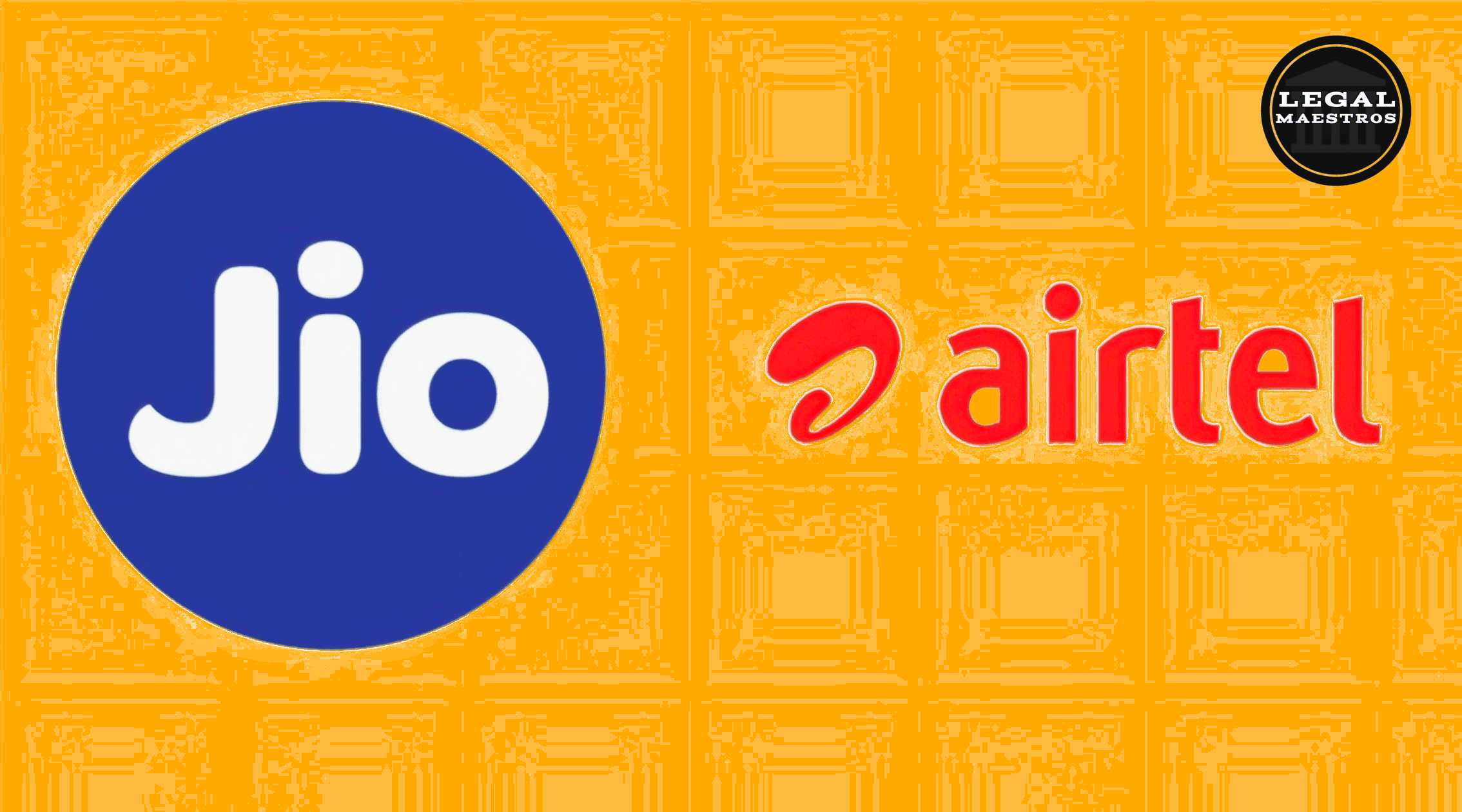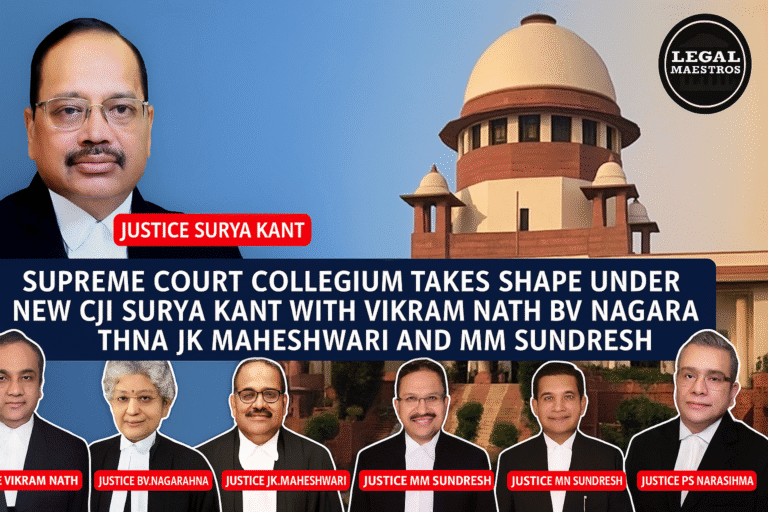
It has also seen a stark turn in the healthcare sector, with the telecom market moving from a pool of more than a dozen players to two key players in the telecom industry; this is Reliance Jio and Bharti Airtel. This form of the market, referred to as a duopoly, generates great concern as to there may be a certain practice of anti-competition. The Competition Act 2002, and Competition Commission of India (CCI) as a regulatory body, has become the chief legal instruments to promote a fair play and the consumer interest in a crucial sector.
Interpretation of Competition Act, 2002
The Competition Act, 2002, is a legislation created in order to substitute the previous act on monopolies and restrictive trade practices, which is the MRTP, Act of 1969. This law is more modern and dynamic albeit that MRTP Act was concerned with curbing monopolies. It primary objective is to bring about and maintain competition, consumer protection, and freedom of trade. The Act is able to achieve this through banning three main forms of anti-competitive conduct:
- Anti-competitive agreements: The means any agreement between businesses that either does, or is likely to do so, have the effect of an anti-competitive effect on or in relation to competition.
- Misuse of dominant position: When one of the companies is dominant, the law does not prohibit that dominance, but it definitely counter-indicates abusing the dominant position.
- Regulation of combinations: This section of the Act governs the mergers, acquisitions, and amalgamations so as to open the door to a market structure that would damage competition.
The CCI is the institution which makes it work with. It is empowered to examine cases, levy serious fines and make orders to correct anti-competitive practices.
For any queries or to publish an article or post or advertisement on our platform, do call at +91 6377460764 or email us at contact@legalmaestros.com.
Telecom Duopoly Ascent
In 2016, Reliance Jio rolled out in the Indian telecom market causing a massive upheaval. To offer free voice communication and very cheap data packages could be seen to be a boon to consumers initially in the case of Jio. This entry was however crippling to smaller operators as well as even the mid-sized operators. A number could not match up and were either driven out of the market or had to fuse with bigger organisations.
The severe price war in this case commonly termed as tariff war, resulted into massive consolidation of the market. The population of the private telecom operators decreased and the main competitors were left as Jio and Airtel, which is now widely known as a duopoly. Although they are intense rivals, they share the huge majority of the market, which also triggers the questions of whether there will be instances when they move beyond healthy competitions and into the anti-competitive area.
A Legal Role of CCI: A Legal Viewpoint
The CCI is important in policing the telecom market. In the event of the complaints of anti-competitive practices, the CCI may start an enquiry pursuant to Section 19 of the Competition Act. Section 3 (anti-competitive agreements), and Section 4 (abuse of dominant position) become the key points as far as they relate to a duopoly.
1. Against Agreements of Competitions (Section 3)
In this area, any agreement between competitors is prohibited to the extent that it disadvantages the competition. A typical case is a cartel, where firms conspire to have joint prices, suppress production and even carve markets. An example is, in the event Jio and Airtel colluded to set a minimal data plan price, this will lead directly to a contravention of Section 3.
- Horizontal Agreements: An agreement between businesses on the same stage of production or trade (two competing telecommunications companies) is considered to be an agreement that has an AAEC. What this implies is that it is upon the companies to demonstrate that their accord does not prejudice competition.
- Vertical Agreements: Agreements between companies on different tiers of the chain of supply (e.g. between a telecom firm and its exclusive supplier of equipment) are also looked at.
The CCI will have the ability to look into whether the established duopoly is practising any type of collusion, formal or otherwise, to restrain consumer choice, or maintain prices artificially high.
2. Leudicke (Leudicke, 1987, p. 101) mentions that the problem of Dominant Place (Section 4) may include exploitation.
This is the strongest weapon in the arsenal of the CCI against a duopoly It is important, however, to learn a particularity of a legal situation: the law does not penalize the company as a situation of dominance per se. It only penalizes abuse of such dominance.
In order to demonstrate an abuse of dominance, the CCI should first identify that a company is, indeed, dominant. This is not pegged only on market share. Section 19(4) of the CCI also takes into account the size of the company, its economic strength, the size of its competitors and barriers to entry by new players.
After establishing dominance, the CCI further examines certain abuses in terms of Section 4(2), and these include:
- Applying unfair or discriminatory conditions or prices This can consist of no longer offering services to certain customers at the same price as before and/or the addition of unfair conditions to a contract.
- Predatory pricing: This is one of the problems that affect the telecom sector. Predatory pricing refers to the situation whereby a business firm sells its services below the cost at which it incurs them but with an aim of forcing competition to exit. When the Jio entered the market with their free offers several players whose operation was well established before Jio including Airtel filed a complaint with CCI.
- The Bharti Airtel vs. Reliance Jio case: The CCI rejected the predatory pricing with regard to the latter company. The Commission made the argument that since Jio is an undersized market player and relatively new at the time, it was not subject to a dominating position. Consequently, abuse of dominance in the form of predation in price was not even considered. This case law became a coeval precedent and it is highlighted that the aggressive pricing strategy of the new player is usually viewed as a benign competitive behaviour and refrains to be a maluse of dominance.
- Refusal of market access: This played a major role with the entry of Jio into the market. They blamed incumbent operators such as Airtel and Vodafone of failing to offer adequate Points of Interconnection (PoI) through which calls between the networks take place. Jio claimed that it was a failure to provide access to a market and a kind of anti-competitive action. This eventually reached a settlement, but it is an example of how Competition Act can be used to settle such disagreements.
The NSAs interplay of CCI and TRAI at the legal interface
Telecom is a specialised industry in the sense that it is also controlled and guarded by the Telecom Regulatory Authority of India (TRAI). This poses the risk of the duplication of jurisdiction between the two bodies. The Supreme Court of India, in the path breaking case of CCI v. This has been explained by Bharti Airtel.
The Court determined that there is no clash between the two regulators. It stated that the TRAI is the technical expert and that, in a technical-regulatory matter, it must be the first to address it. Such as the problems of PoIs, the quality of the networks or tariffs are subject to the TRAIs jurisdiction.
In matters that implicate more the general principles of competition law, e.g. abuse of dominance or anti-competitive agreements, CCI will have the lead jurisdiction. According to the Court, the two bodies are supposed to operate in a harmonious manner in a way that will promote competition and a fair market. Where there is a mixture of technical and competition issue involved in a dispute the CCI has to await the determination of the technical aspect by the TRAI before it can proceed to make its own inquiry. This comity among regulators is the foundation stone of regulatory process in India.
A juggling Act
The telecom heartland of India can be termed as a duopoly, which makes the actions of both Jio and Airtel subject to constant monitoring. Although they have gone an extra mile to compete intensively, resulting in affordable prices and improved services to consumers, they can always engage in anti-competitive conducts. The competition Act, 2002 has a strong legal composition to counter such sentiments.
The CCI can prevent such anti-competitive practices by forbidding anti-competitive agreements and abuse of dominant positions and thereby guard the interests of consumers and smaller players. As is reflected in the case of Jio, the strategy of the CCI involves balancing the necessity to attract new players in the market with the issue of discouraging ill practices. The well defined distinction between the roles of CCI and TRAI, made by Supreme Court, will see that both the competition law and specific regulatory provisions are being enforced. Such legal and regulatory framework is necessary to keep the market of telecommunications healthy and innovative in India.







1 thought on “Jio Airtel Duopoly Under Scrutiny: How the Competition Act, 2002 Addresses Anti-Competitive Practices in India’s Telecom Sector”